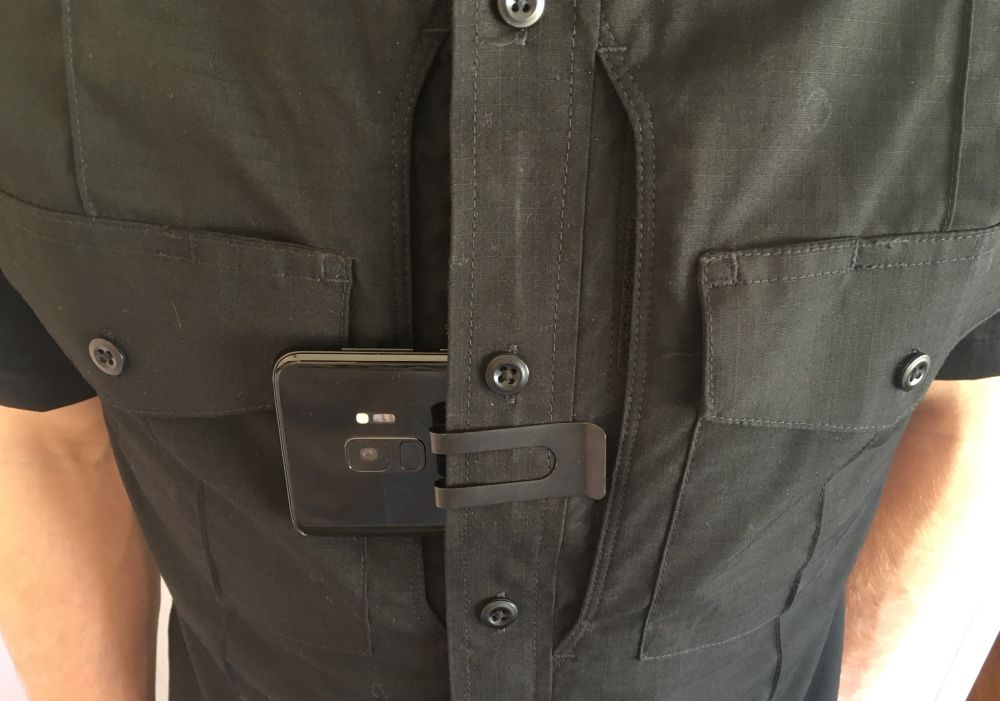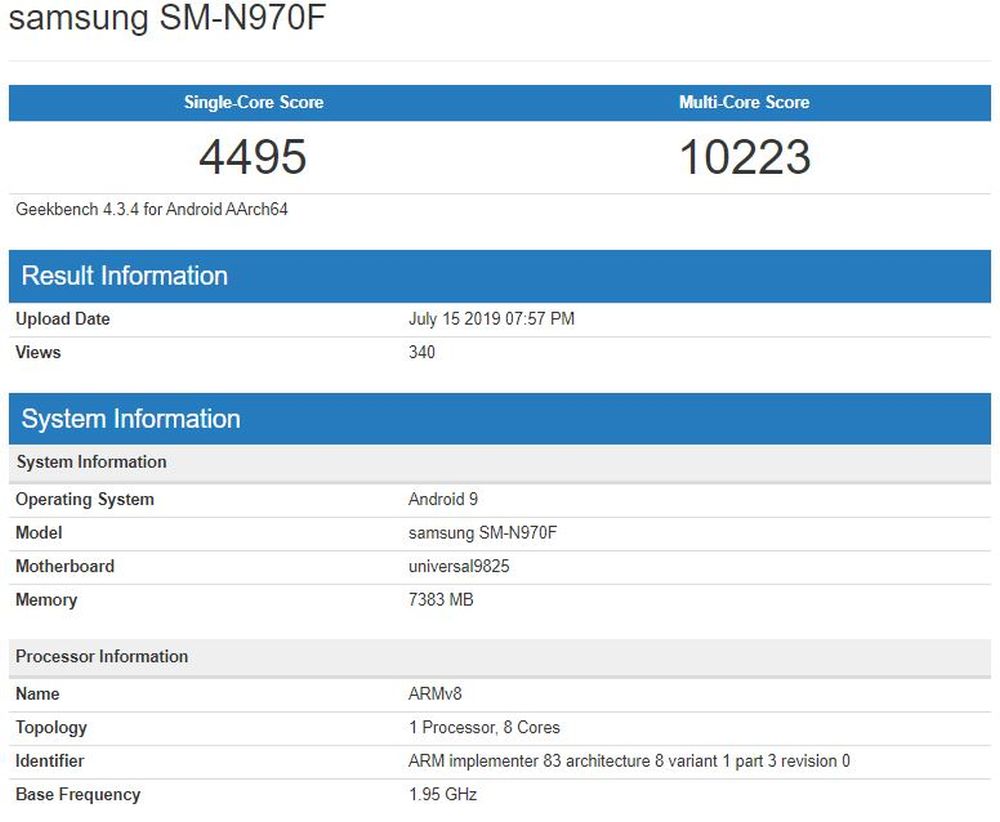A few weeks ago we reviewed the Samsung Galaxy Fit e. It’s the most inexpensive fitness band that Samsung currently has on the market. But while the Fit e certainly offers good bang for the buck, the low price means it’s a little light on the number of features.
Fortunately, Samsung has more on the menu, and that’s where the Galaxy Fit comes in. It’s the more feature-packed sibling of the Fit e, and in this review we will see what it has to offer.
Samsung Galaxy Fit review: Design and display
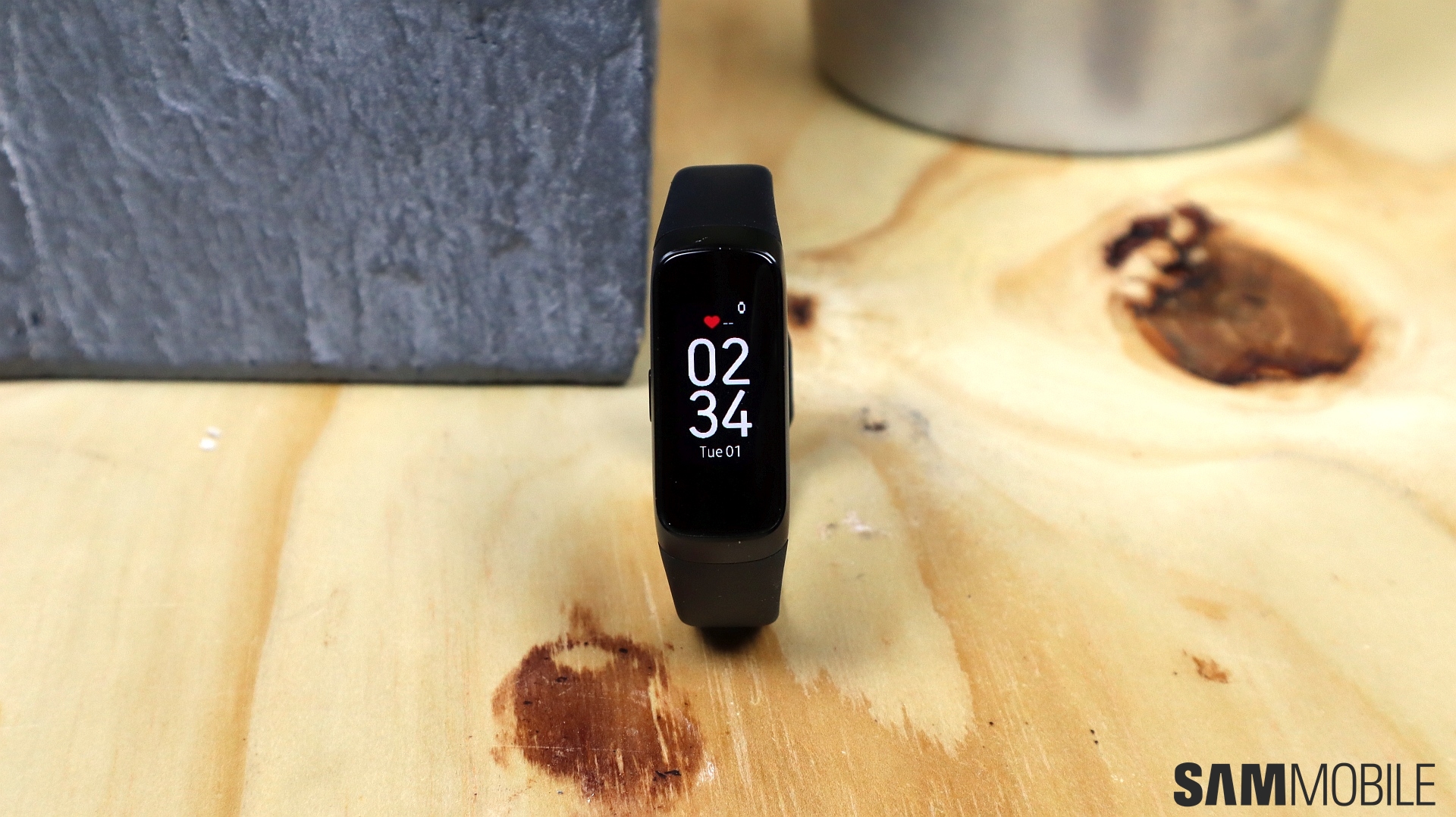
The Galaxy Fit is a bit larger than the Fit e and has a button on the side. It’s made of soft plastic and is pleasant to wear like the Galaxy Fit e. The Fit also gets a full color AMOLED display with nice and bright colors. The display is 0.95 inches in size, 0.5 inches more than the Fit e, but there is still a lot of bezel around the screen. More screen is always more fun, and I wonder if Samsung couldn’t reduce the bezels a bit or if it didn’t even try.
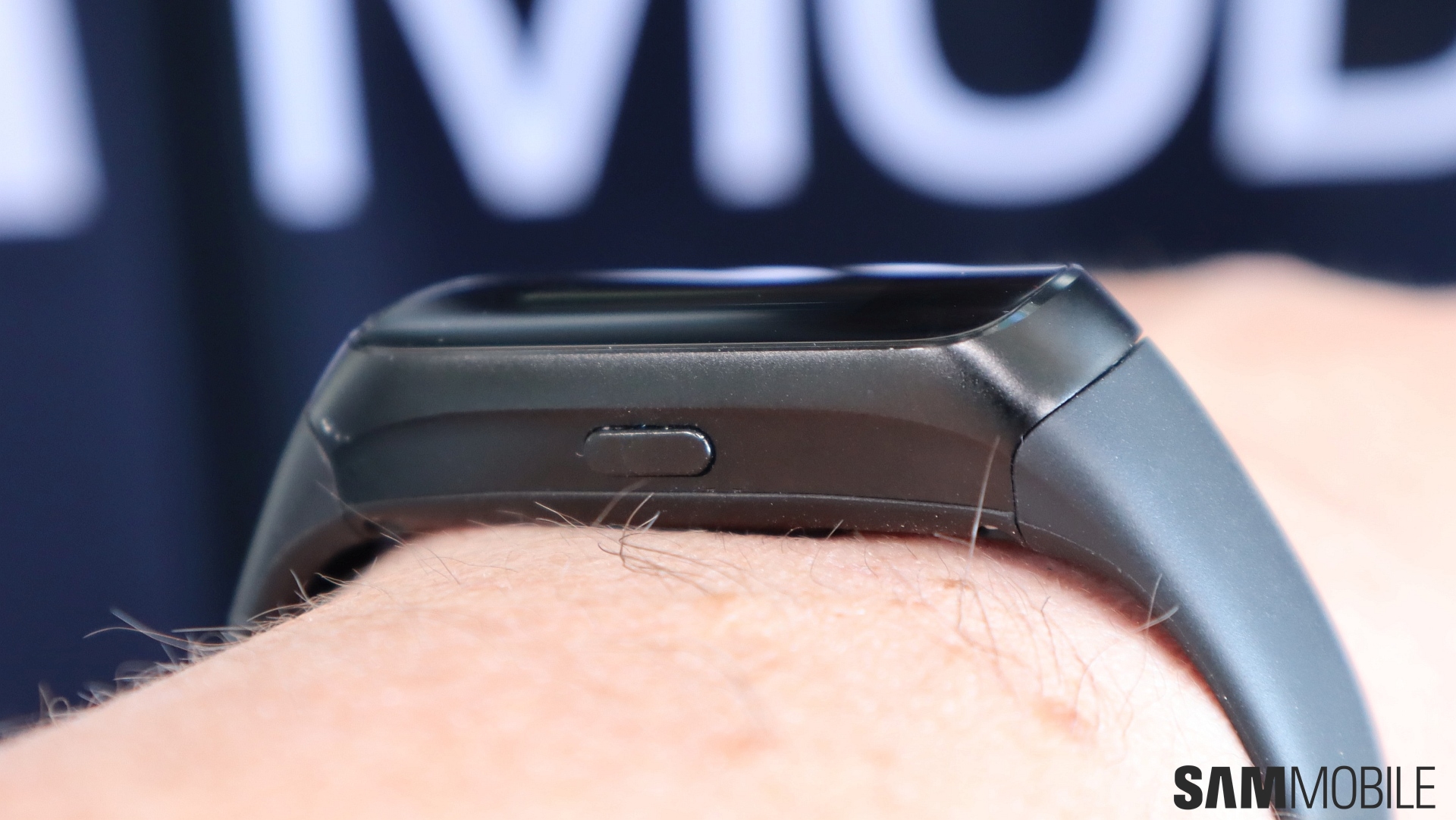
You activate the screen with the button on the side and can swipe left and right and up and down to operate the user interface. The touch response is very smooth and the screen is easy to read, even with sunglasses out on a bright sunny day. You do have to increase the brightness when sunlight falls directly on the band, and since that can eat up a lot of battery, I recommend setting screen brightness to 10 when you’re exercising outdoors. The brightness can be quickly adjusted by swiping left from the home screen.
Galaxy Fit software and fitness tracking
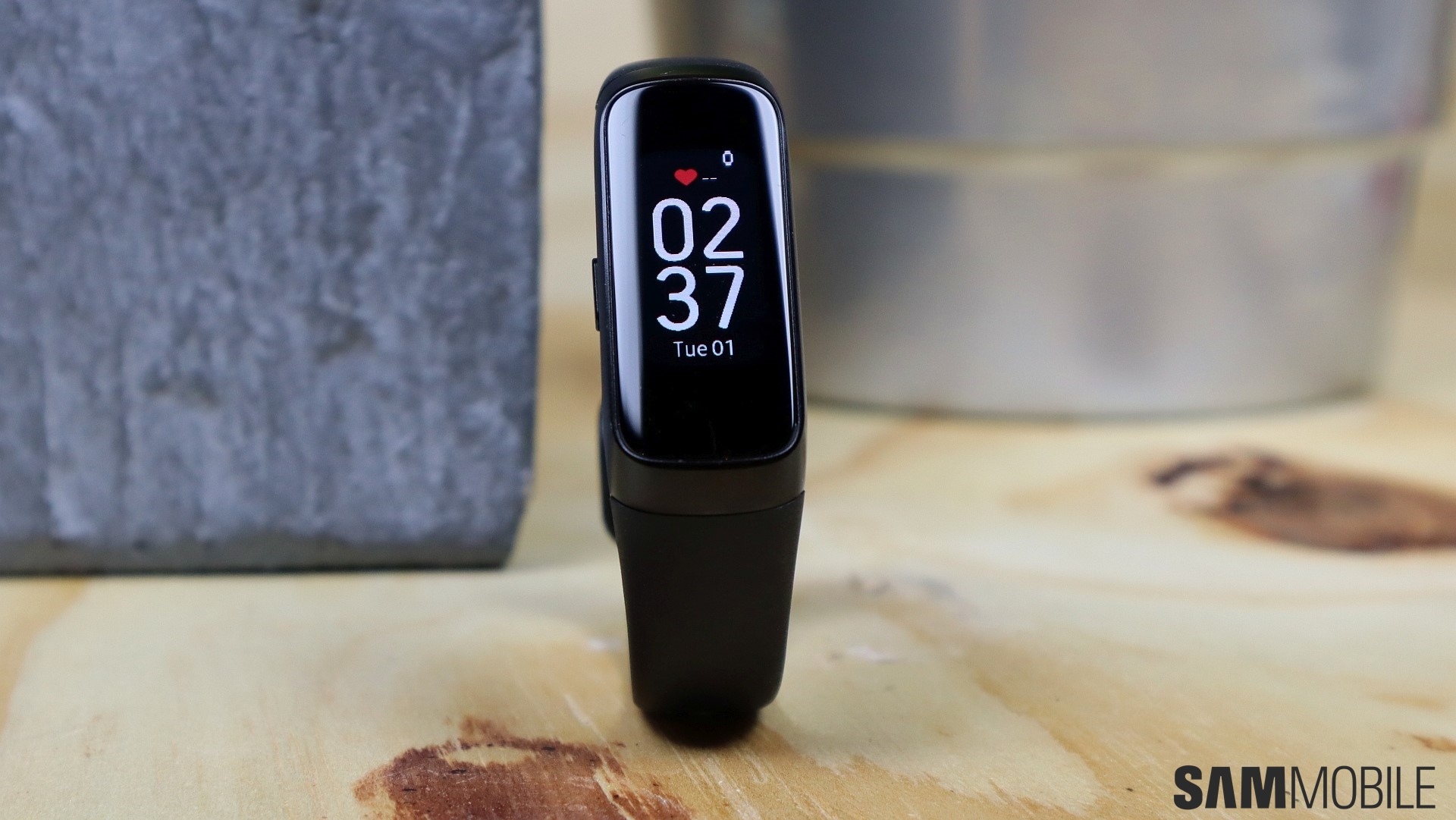
Designing a user interface for a device like this is very difficult. You can’t exactly show a lot on a 0.95-inch screen, so you have to focus on showing as much important information on-screen as possible while doing away with stuff that you don’t need. Moreover, you have to make sure that information is presented in a clear way – you don’t want to have to stare at the screen to find your pace while you’re in the middle of a run.
And I have to say that with the Galaxy Fit, Samsung’s development team found the perfect balance. Information presented on the band is clear, easy to read, and well organized. The lightweight real-time operating system also runs like a charm. Like the Fit e, you can arrange and switch between various widgets from the Samsung Galaxy Wearable app from the connected smartphone. Notifications show up with a nice little badge and you can even reply to messages from the band with preset messages that you can customize in the Galaxy Wearable app.
Of course, at the end of the day, the Galaxy Fit is meant to help you exercise, and it’s quite versatile on that front. The band automatically starts tracking activities like walking, running, and cycling and you can choose from over 90+ activities from the Samsung Health app. The button on the side acts as a shortcut – long press it and the band will fire up the last used activity so you can quickly start tracking your performance.
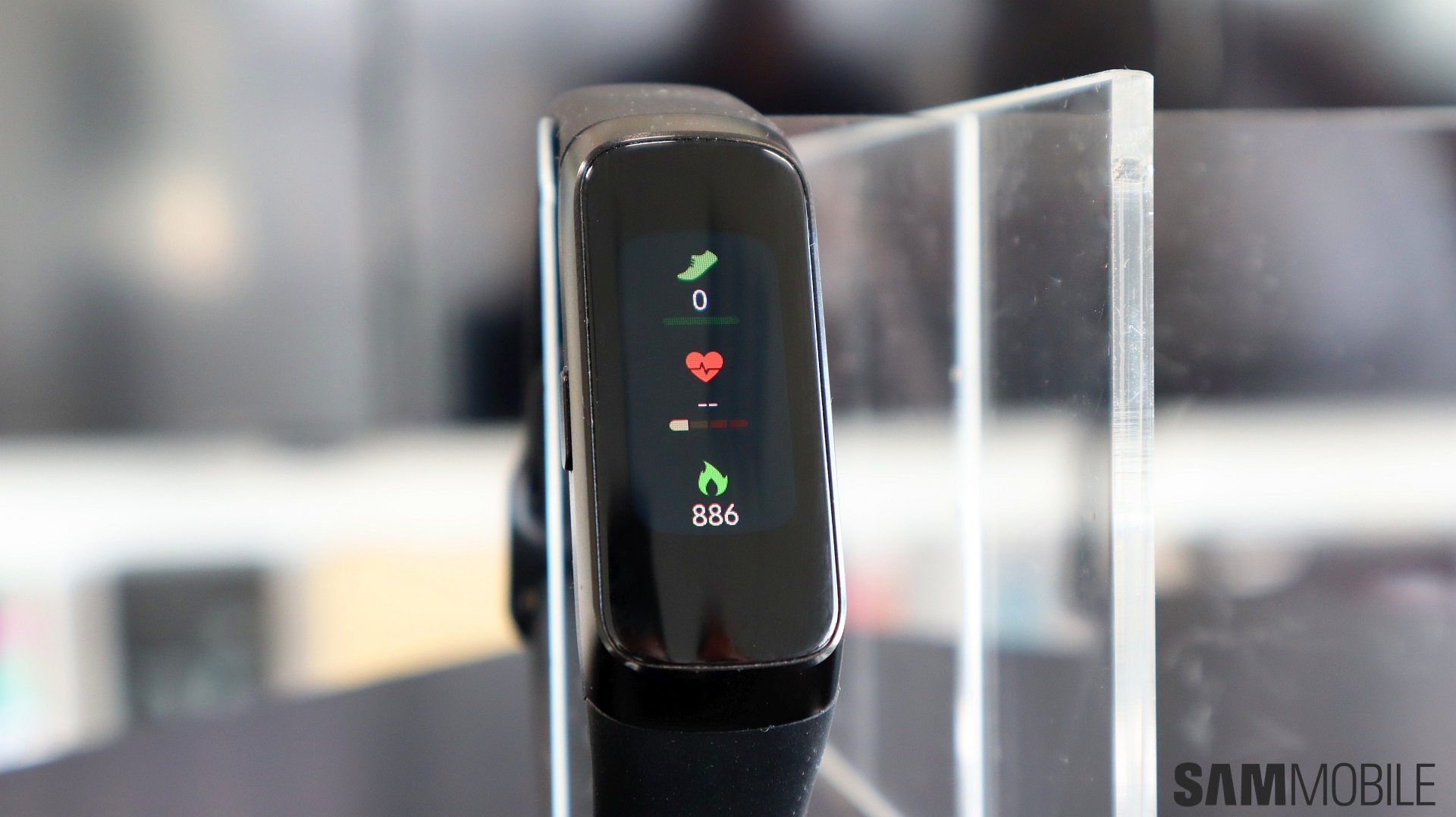
And tracking is pretty accurate as well. After an 8.2 kilometer run, the difference in distance reported by the band and the connected Galaxy A70 smartphone was only around 150 meters. The difference could be explained by the fact that the phone was in a pocket while the band was on the wrist. Since the Galaxy Fit does not have GPS, you need your smartphone if you want to register your route.
The band also monitors your heart rate during your workout, and all data is stored in the Samsung Health app on the phone so you can check it out whenever you want. The Galaxy Fit even tells you your stress levels, although I did seem to have stress at the strangest moments according to the band. Fortunately, the band immediately shows you some breathing exercises so you can get that stress under control.
Galaxy Fit battery life
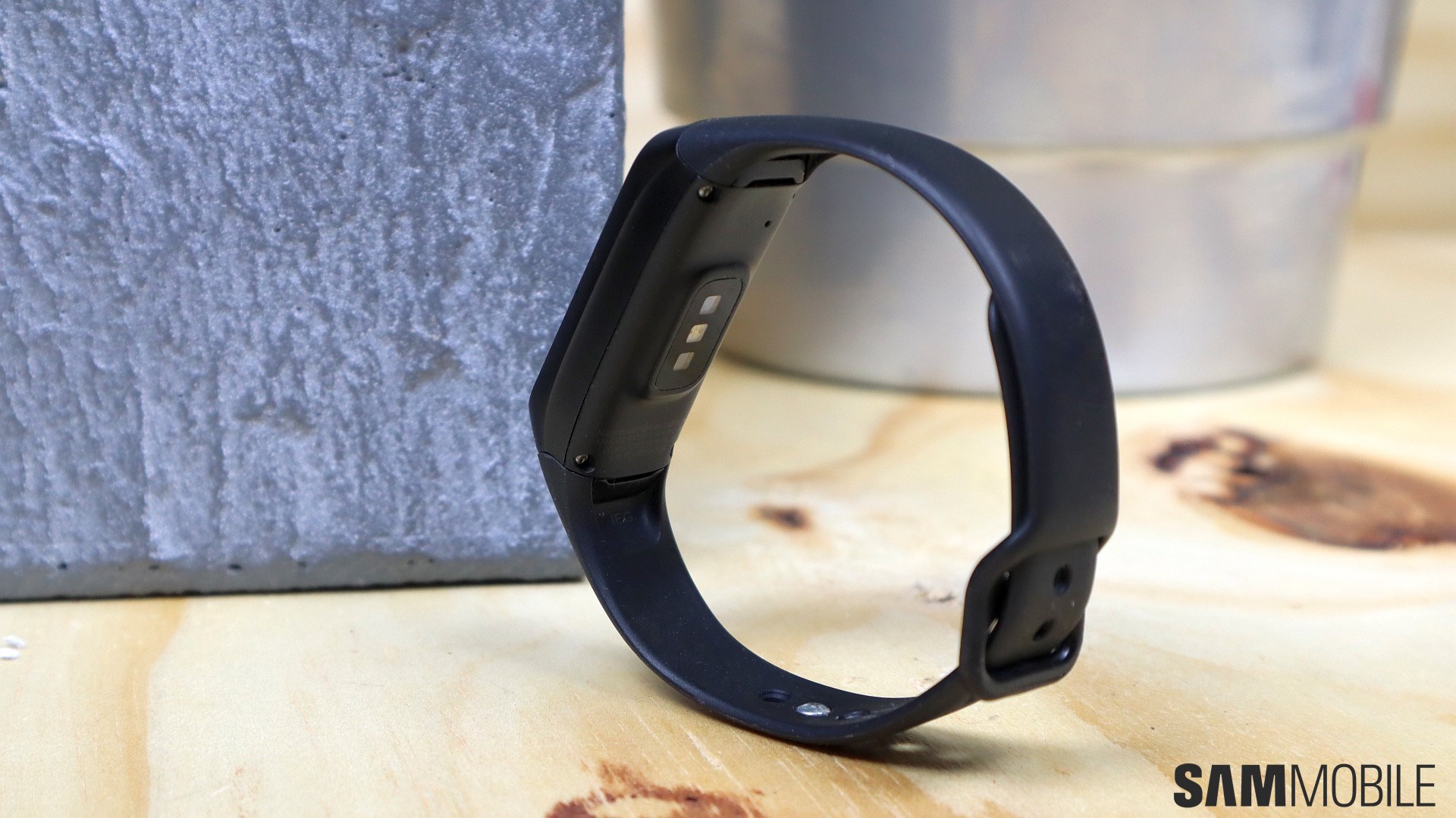
The Galaxy Fit has a 120 mAh battery, which is nearly twice as large as the Galaxy Fit e’s 70 mAh battery. The Fit e has a smaller display and slightly lower functionality, though, so while it lasts up to a week at times, the Fit can only last up to three days on a single charge. Naturally, you can increase battery life by turning off notifications and adjusting display brightness. Unlike the Fit e, the Fit warns you when the battery is running low on the band itself, although we would appreciate a warning on the connected phone as well.
Galaxy Fit verdict
While I had my doubts about the Galaxy Fit e (and any other cheap fitness tracker), the Galaxy Fit removed them all. Samsung has succeeded in making an excellent fitness band that’s easy to use, with a really nice AMOLED display that’s very clear to read and has fairly vivid colors. It’s quite accurate at fitness tracking, and it gives you the added advantage of being able to quickly check out notifications and even reply to messages when you don’t have the time to whip out your phone and type out an elaborate response.
The Galaxy Fit ears its $100 price tag by offering a well rounded package for the asking price, and it gets a hearty recommendation from us for anyone looking to buy a fitness band.
The post Samsung Galaxy Fit review: A well rounded $100 fitness band appeared first on SamMobile.
from SamMobile https://ift.tt/2lhjQeC
via
IFTTT


